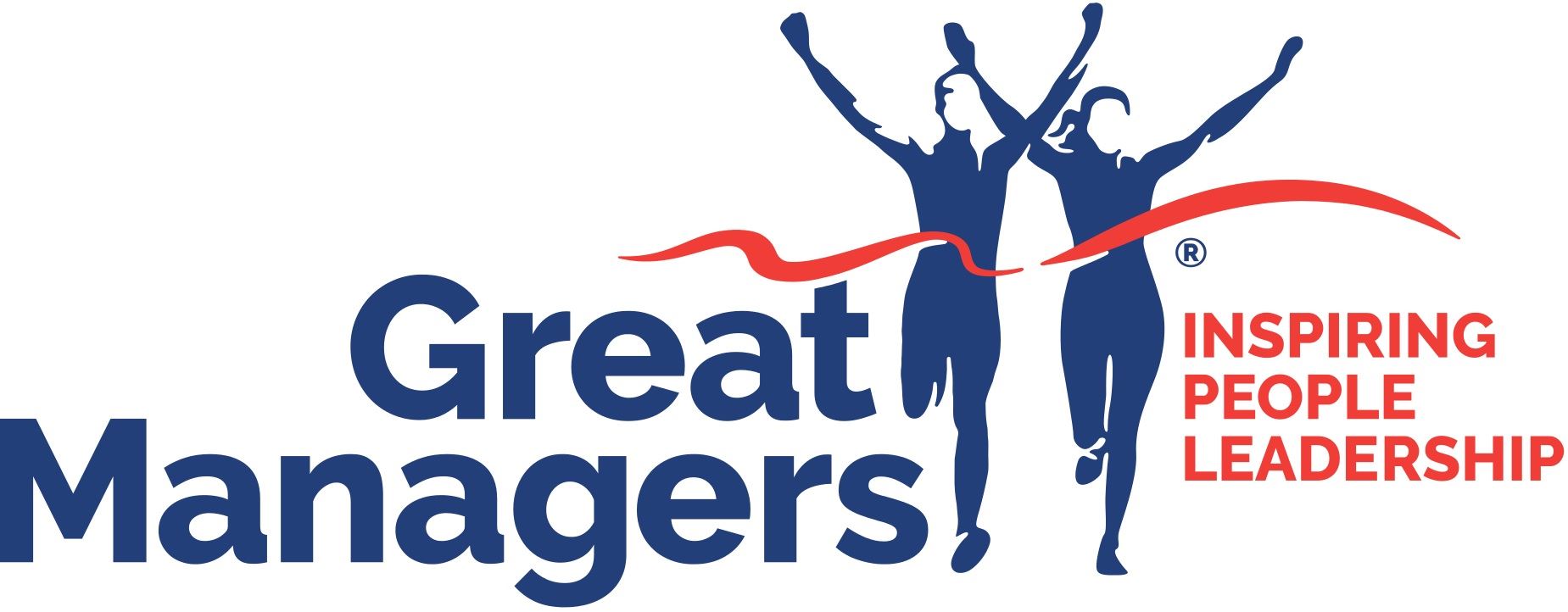Is Your Workplace Culture Turning Toxic?
The culture that surrounds your team has a huge effect on its performance. Once a workplace culture has turned toxic, it becomes very difficult to recover.
So how do you know when you’re on the way to a toxic culture in the workplace? Look for these seven signs of a dysfunctional organisation.
Red Flag #1 – There’s No Communication
What do you see when you walk into the workplace? Is the team talking and laughing? Or are people working in silence, with barely a flicker of emotion on their stony faces?
If it’s the latter, then, you may have a workplace culture issue. A completely formal atmosphere indicates that people are unhappy. There’s no positive energy in your workplace, which is something that everybody can pick up on.
Don’t get me wrong, professionalism is obviously important. However, employees spend around 50% of their waking hours (Mon-Fri) in your workplace so must feel comfortable and happy too.
 Red Flag #2 – A Disorganised Workplace
Red Flag #2 – A Disorganised Workplace
When people care about where they are, they want to ensure the space stays clean and tidy. It’s a strange quirk, we know, but it’s not an irrelevant one.
Think about your home. You love it, so you want to make sure it looks the part. This enhances your enjoyment of the property because you feel proud of it. It also makes you happier to spend time at home.
Now, apply that same line of thinking to your workplace. If the workplace has a feel of disorganisation about it, it means people don’t care about it.
Red Flag #3 – Bad Workplace Behaviours
Everybody has bad habits. That’s unavoidable. However, a toxic workplace culture seems to have the ability to magnify a person’s bad habits.
You’ll find that a lot of your team members procrastinate when they don’t like the workplace culture. They’ll find any excuse not to get their work done until the last minute. If left unabated, these bad workplace behaviours may extend to the point where employees turn up late or take unneeded sick days.
 Red Flag #4 – A Title is More Important than the Role
Red Flag #4 – A Title is More Important than the Role
Think about how people introduce themselves to you when you meet them at work. Some will talk in depth about the work that they do. Others will be more concerned with telling you their job title.
The latter situation is a warning sign. When people are more concerned about their titles than the job itself, it shows that they don’t care about their work.
Instead, power seems to be their key motivator. They may use their status to hold themselves above others, which creates an unhappy workplace.
Red Flag #5 – Competition Isn’t Friendly
Let’s assume that your organisation has a sales department. You may think that creating small competitions will help the department to achieve better results.
If your workplace has a good culture, you’ll be right. A little friendly competition doesn’t hurt anybody, plus, it can motivate employees to reach for higher standards.
It’s when those competitions turn sour that you must start worrying. If your employees focus more on competing amongst themselves than they do on reaching the organisation’s goals, you may have to change your workplace culture.
Red Flag #6 – Managers Don’t Interact With Employees
Think about how you talk to your team members. If you find yourself barking orders before storming back to your office, you may have something to worry about.
Employees value effective communication. They want to know that they have a voice in your organisation, and you’re willing to listen to it.
Red Flag #7 – Nobody Talks About It
Acknowledging the fact that a problem exists is the first step to confronting it. You can apply this line of thinking to all areas of life, but it’s particularly important in the workplace.
Be very wary if you don’t hear about the things you need to improve. This usually suggests that people are too scared to speak out, rather than that you’ve created the perfect workplace. No news is certainly not good news!
What to Do Next…
If any of the above sounds familiar, then your workplace culture may be turning toxic. The Great Managers Academy can help you. Click here to learn more.
